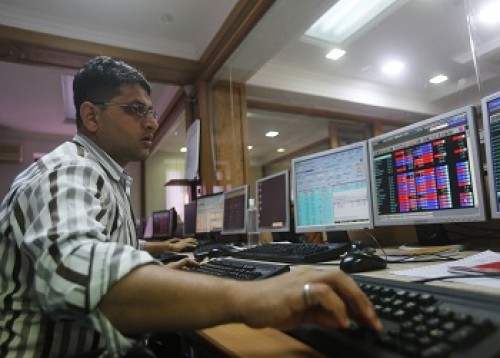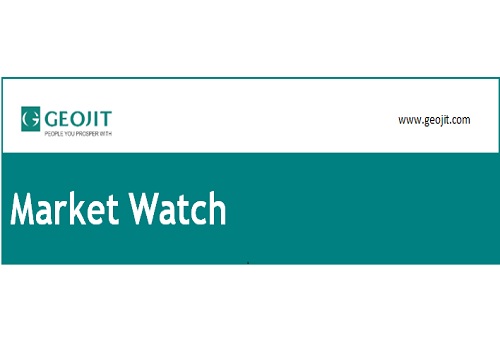Report on Equity and Debt Assessment Reports (Sept 2024) - Client Associates (Advising AUM of $6 Billion AUM)

Follow us Now on Telegram ! Get daily 10 - 12 important updates on Business, Finance and Investment. Join our Telegram Channel
Debt Market Overview
Overview
India’s 10-year benchmark yield registered another month of marginal decline in August to close at 6.86%. A decline in US treasury yield led by signals of policy pivot and softer economic data influenced the direction of sovereign yield movement across major economies. A sharp correction in domestic inflation numbers, pullback in crude prices, progress in fiscal consolidation and steady FPI demand for government securities also supported the bond prices during the month.
Domestic Economic Update
India’s domestic economic activity expanded 6.7% during the first quarter of the financial year. Gross value addition during the quarter stood at 6.8% supported by industries and services sector growth at 8.3% and 7.2%, respectively. Output from agriculture and allied activities recorded a marginal rise amidst the challenges posed by low reservoir levels and the impact of heat waves. A look at the expenditure component reveals a healthy rebound in private consumption and steady investment activity cushioning the impact of a marginal contraction in government spending during the election-impacted quarter. The outlook for GDP growth remains bright with steady urban demand, signs of revival in the rural economy and a higher capex push by the government during the second half of the year.
The monetary policy committee maintained the status quo on policy rates and stance during its August review meeting. The committee also left the full-year growth and inflation projections unchanged at 7.2% and 4.5%, respectively. The central banker observed that the domestic economic momentum remained strong despite the moderation in the global growth outlook. The committee remains vigilant regarding the inflationary pressures at play and reiterated the need to maintain disinflationary policies to avoid any spillover risk.
Headline CPI inflation recorded a 59-month low of 3.5% in July. A sharp decline in inflationary pressure in the food & beverages basket, sustained contraction in fuel inflation and a favourable base from last year supported the fall in inflation numbers. Rural and urban inflation during the month stood at 4.1% & 3%, respectively. Core inflation registered a marginal uptick during the month to 3.5% led by the recent rise in telecom tariffs. The recent correction in commodity prices, predictions of an above-normal southwest monsoon, higher reservoir level and an increase in area under cultivation bodes well for the near-term inflation outlook
Debt Market Overview
The government of India’s fiscal deficit during the first four months of the fiscal stood at Rs. 2.76 trillion or 17.2% of the budgeted estimates compared to Rs. 6.05 trillion during the corresponding period last year. Strong growth in total receipts supported by robust direct tax collection, higher-than-expected non-tax revenue, and lower capital expenditure resulted in superior deficit management during the quarter. Crude oil prices declined 2.4% during the month following a sharp correction of 6.6% in July. Reports of possible supply increases by OPEC members during the last quarter of the calendar year amidst ongoing demand concerns from key markets resulted in a price decline. Indian Rupee depreciated 0.2% during the month to close at 83.87 against the US Dollar, despite the weakness in the dollar index. We expect the Indian Rupee to derive strength from improving external position, strong FPI inflows, lower crude prices and expected policy pivot by the US Fed.
Global Central Bank Policy Updates
The US 10-year benchmark yield declined 13 bps during the month to close at 3.90%. The correction in yields was supported by the remarks from the US Fed Chair during the Jackson Hole Symposium & latest US Fed policy minutes which hinted at a possible rate cut during the September policy review meeting. A series of softer data releases during the month about US Inflation and job market activity further fueled the correction in yields. Following the 25-bps reduction in borrowing rates by the European Central Bank in June, the Bank of England also reduced its key policy rates in July. The key benchmark rates in England were trimmed by 25 bps to 5%. The People’s Bank of China left the key policy rates for its one-year & five-year prime loan rates unchanged at a record low of 3.45% & 3.85%, respectively during its latest review meeting in August.
Above views are of the author and not of the website kindly read disclaimer

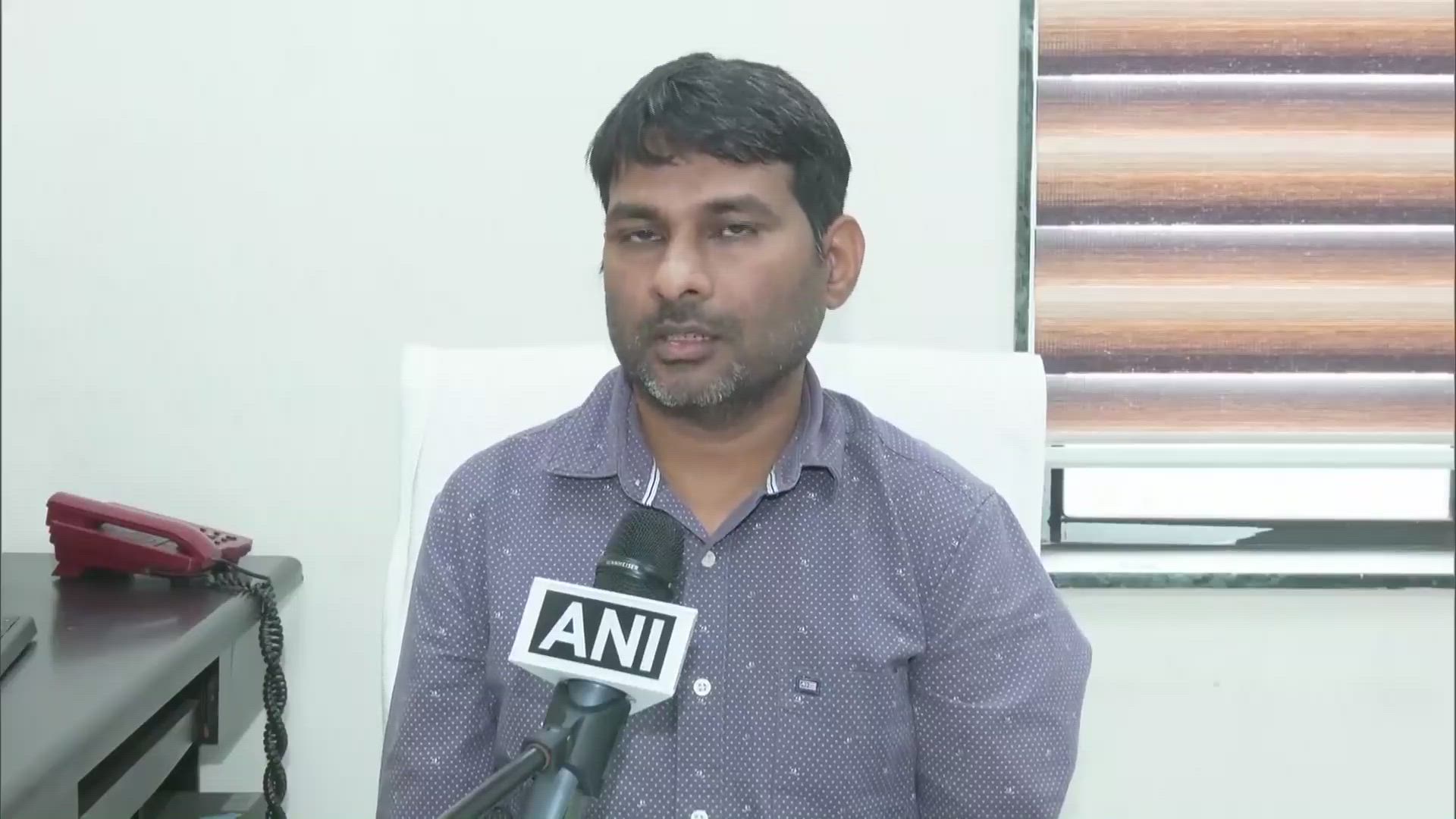




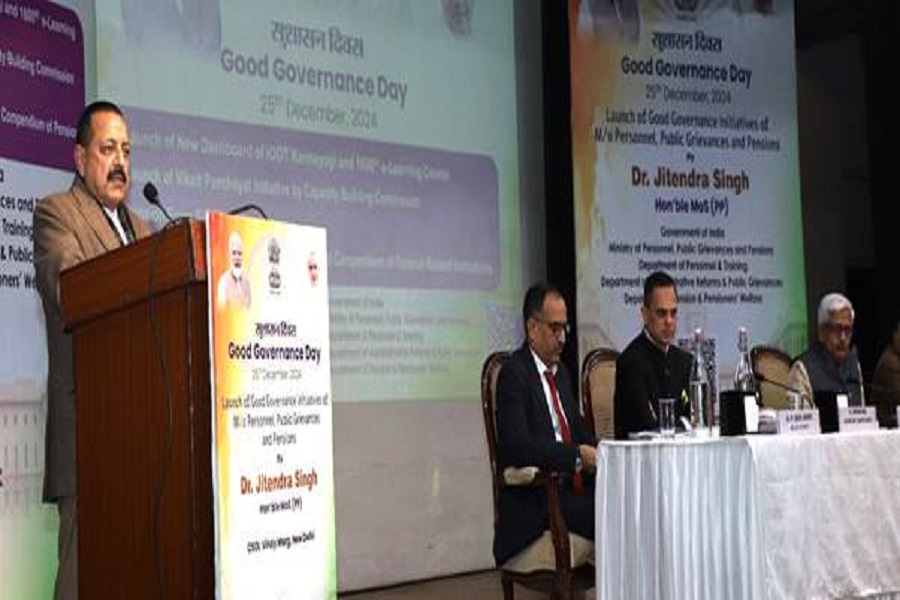



Tag News

Indian markets to deliver positive returns for 9th year in a row, outperform US

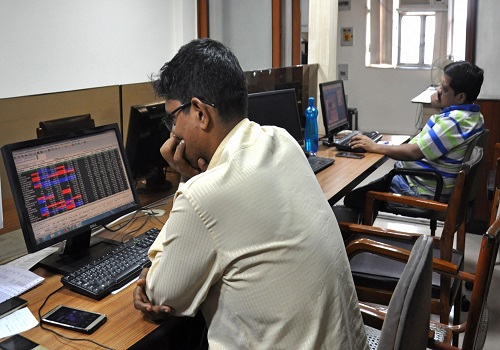
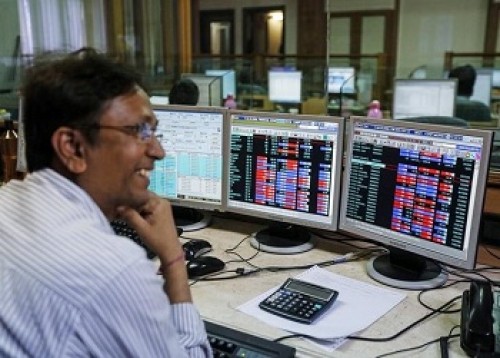


 320-x-100_uti_gold.jpg" alt="Advertisement">
320-x-100_uti_gold.jpg" alt="Advertisement">





